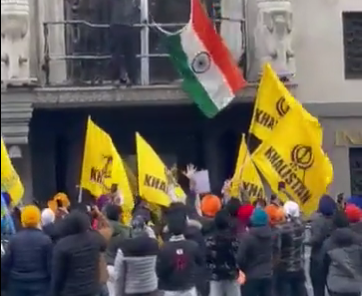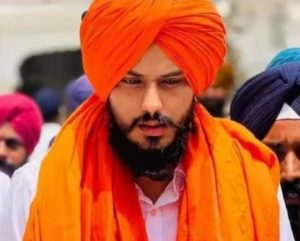The demand for a separate Sikh state began immediately after the fall of the British Empire. In 1940, the first explicit call for Khalistan was made in a pamphlet titled “Khalistan”. The movement flourished in the Indian state of Punjab, funded by the Sikh diaspora. It continued through the 1970s and 1980s and reached its zenith in the late 1980s.
Also Read | Who is Shankar Mishra? Man accused of urinating on Air India co-passenger fired by Wells Fargo
A point of climax was reached in June 1984 when the Indian army stormed the Golden Temple in Amritsar, which is considered the holiest shrine of Sikhism to capture armed separatists. The structural damage was massive and the death toll reached thousands. The raid angered the Sikh community and in its aftermath, India’s former prime minister Indira Gandhi, who ordered the operation, was assassinated by her Sikh bodyguards.
In the 1990s, the insurgency petered out. The movement failed to reach its objective for multiple reasons. For starters, there was a heavy police crackdown on separatists, including factional infighting, and disillusionment from the Sikh population. Violent clashes have erupted between followers of the movement and the Indian government over the years.
The Khalistan movement is considered a grave national security threat by the Indian government. However, it still attracts a level of support among some Sikhs within the country and overseas.






